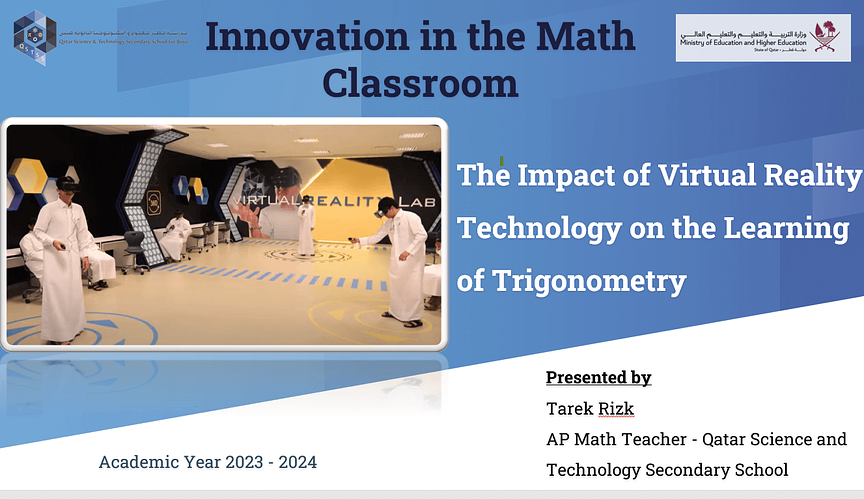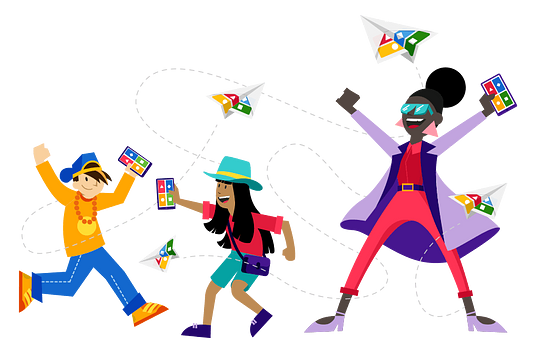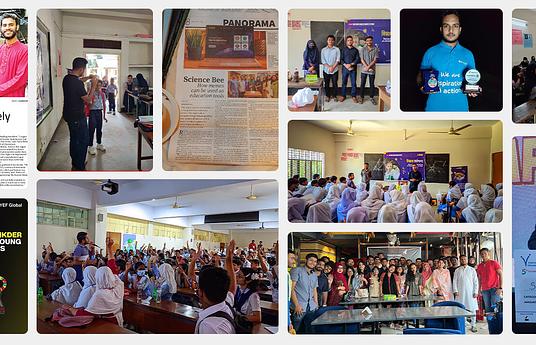To address the challenges of traditional trigonometry education: Trigonometry can be a dry and abstract subject for many students. Traditional methods of teaching through formulas and rote memorization can lead to disengagement and difficulty understanding the concepts.
To spark interest in STEM fields: Studies show a decline in student interest in science, technology, engineering, and math
Visualizing the unseen: Students stand in front of a house. By tilting their heads and using hand controllers, they can find the length of the ladder and examine its angles from different perspectives, then students will explore the London eye experience. No longer abstract concepts, sine, cosine, and tangent become tangible as students measure virtual distances and calculate ratios.
Interactive problem-solving: Imagine navigating a 3D maze where each turn requires applying trigonometric formulas to unlock the path forward. Students don't just solve problems on paper; they actively use VR tools to manipulate objects and apply their understanding in a real-time, spatial environment.
Gamification of learning: VR lessons can incorporate game mechanics to boost engagement. Students might compete in teams, racing to solve trigonometric puzzles within the virtual world. Leaderboards and point systems provide a sense of accomplishment and encourage healthy competition.
the excerpt describes an innovation project implemented by a math teacher to investigate the effects of VR trigonometry lessons on student engagement, problem-solving skills, and interest in STEM careers. The project offers insights into how VR trigonometry could potentially spread:
Teacher-designed curriculum: The teacher created VR activities aligned with the existing curriculum, suggesting that VR can be integrated into traditional teaching methods.
Positive results: The project showed promise with increased student engagement, problem-solving skills, and interest in STEM careers. These findings could motivate other schools to pilot VR trigonometry programs.
Challenges identified: The project highlighted challenges like content creation, technical support, and Curriculum alignment.
Obtain VR hardware and compatible trigonometry educational software.
Train educators to use VR technology effectively.
Integrate VR into the existing curriculum with a clear plan.
Pilot the VR experience to fine-tune its use in an educational setting.
Evaluate the impact on students' engagement and learning outcomes.
Adjust and improve the program based on feedback and assessments



